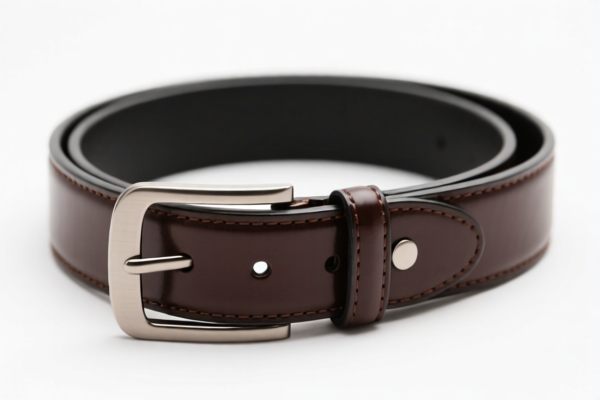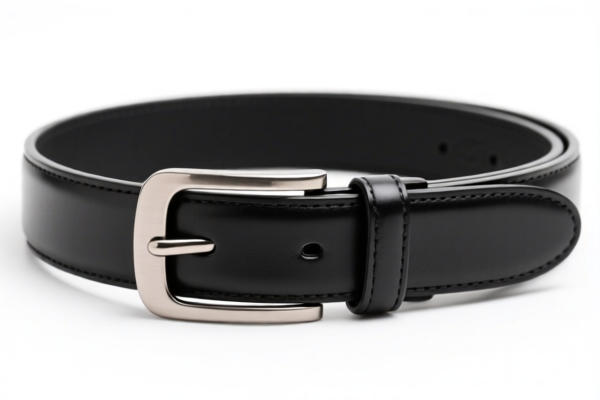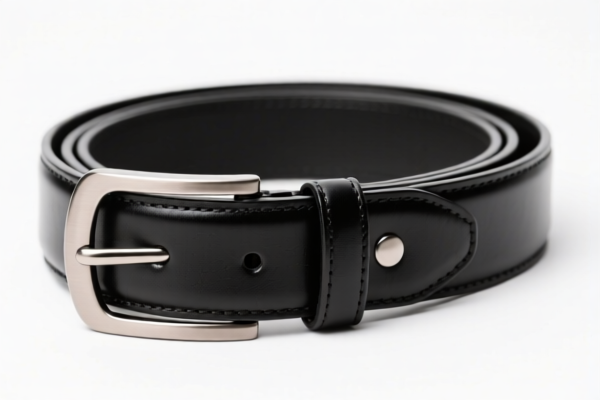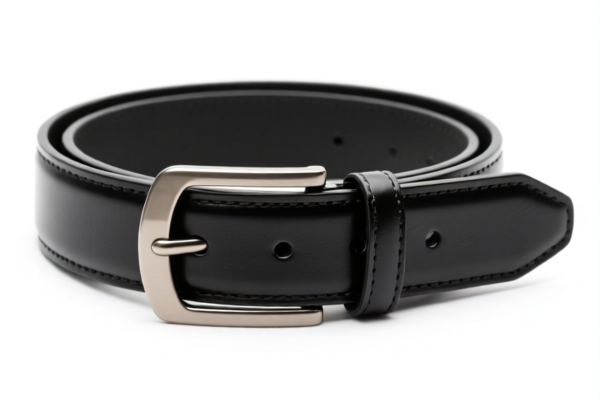| HS Code | Official Doc | Tariff Rate | Origin | Destination | Effective Date |
|---|---|---|---|---|---|
| 4201006000 | Doc | 57.8% | CN | US | 2025-05-12 |
| 4201003000 | Doc | 57.4% | CN | US | 2025-05-12 |
| 4203300000 | Doc | 57.7% | CN | US | 2025-05-12 |
| 1704909000 | Doc | 65.4% | CN | US | 2025-05-12 |
| 1704905800 | Doc | 40¢/kg +10.4%+30.0% | CN | US | 2025-05-12 |




Round Belt
A round belt is a type of belt characterized by its circular cross-section, as opposed to the flat cross-section of more common belts. These belts are typically used for power transmission in various mechanical systems.
Material
Round belts historically were made from leather, but modern iterations frequently utilize rubber, polyurethane, or other synthetic polymers. Leather belts offer good flexibility and grip but require more maintenance and have a shorter lifespan. Rubber and polyurethane belts are more durable, resistant to wear and tear, and require less upkeep. Reinforcement materials like fabric or steel cords may be embedded within the belt to increase tensile strength.
Purpose
The primary purpose of a round belt is to transfer rotational power between pulleys. They are well-suited for applications requiring a smooth, quiet transmission of power, particularly at lower speeds and lower torque levels.
Function
Round belts function by gripping the outer circumference of a pulley due to friction. The belt wraps around the driver pulley (connected to the power source) and the driven pulley (connected to the mechanism being powered). As the driver pulley rotates, the friction between the belt and the pulley surface causes the belt to move, transferring the rotational force to the driven pulley. The circular shape allows for flexibility in multiple directions, accommodating varying distances between pulleys and changes in alignment.
Usage Scenarios
- Small Machinery: Commonly found in small power tools, sewing machines, and hobbyist equipment.
- Conveyor Systems: Used in light-duty conveyor applications.
- Agricultural Equipment: Found in older or simpler agricultural machinery.
- Household Appliances: Historically used in washing machines and other appliances.
- Educational Demonstrations: Often used in physics or engineering education to illustrate power transmission principles.
Common Types
- Leather Round Belts: Traditional option, known for grip and flexibility. Requires regular conditioning.
- Rubber Round Belts: More durable and resistant to wear. Suitable for general purpose applications.
- Polyurethane Round Belts: Offer high abrasion resistance and load-carrying capacity. Often used in demanding environments.
- Ribbed Round Belts: Feature longitudinal ribs on the surface to increase friction and improve power transmission.
- Steel-Reinforced Round Belts: Provide increased tensile strength for heavier loads and higher torque applications.
- Double-Wrap Round Belts: Used when increased friction or torque transmission is required. These belts are wider and wrap around the pulley more than once.
Based on the material, use, and application scenarios, a round belt typically functions as an accessory for securing or fashion purposes, often made of leather or similar materials.
The following HS codes are relevant to “round belt” based on the provided reference material:
- 4203300000: Belts and bandoliers with or without buckles.
- Chapter 42: Articles of apparel and clothing accessories, of leather or of composition leather. This chapter covers a wide range of items worn or used with apparel.
- Heading 30: Leather belts and bandoliers. This specifically categorizes belts and bandoliers made of leather.
- Subheading 00: Belts and bandoliers with or without buckles. This further defines the item as belts and bandoliers, regardless of whether they have buckles.
Regarding HS code 4203300000, please note the need to verify the material as leather or composition leather. The total tax rate is 57.7%, comprising a 2.7% base tariff, a 25.0% additional tariff, and a 30% additional tariff effective after April 2, 2025.
Customer Reviews
No reviews yet.